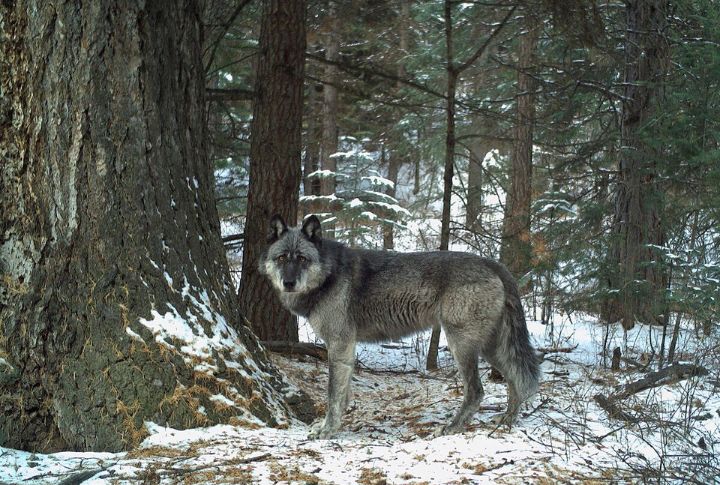
Wolves once vanished from much of America, but in a handful of states, they’ve made an unforgettable comeback. Though usually hidden in plain sight, these wild canines now pace through remote woodlands and vast ranges. Get familiar with the states where wolves still run the show and learn what makes each region a stronghold for these elusive predators.
Alaska

No other place in the U.S. comes close to Alaska’s wolf population, estimated between 7,000 and 11,000. These apex predators roam nearly the entire state, even crossing terrain larger than Delaware. Moreover, their role in regulating moose and caribou numbers makes them important for preserving ecological stability.
Minnesota

Unlike most states, Minnesota never lost its wolves completely. Today, around 2,900 of them live mostly in the north, where dense forests and seasonal prey support healthy packs. Some have reddish or black coats, and the animals are so iconic that local sports mascots have drawn inspiration from them.
Idaho
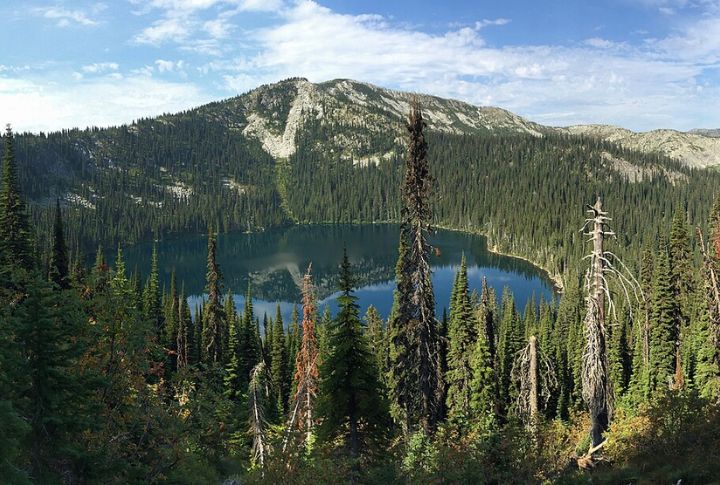
Wolves returned to Idaho in the 1990s and now number close to 1,500, occupying more than half the state. Their rugged habitat allows freedom of movement, which includes frequent border crossings into Montana or Oregon. A handful wear GPS collars and feed real-time location data to help track population behavior and growth.
Montana
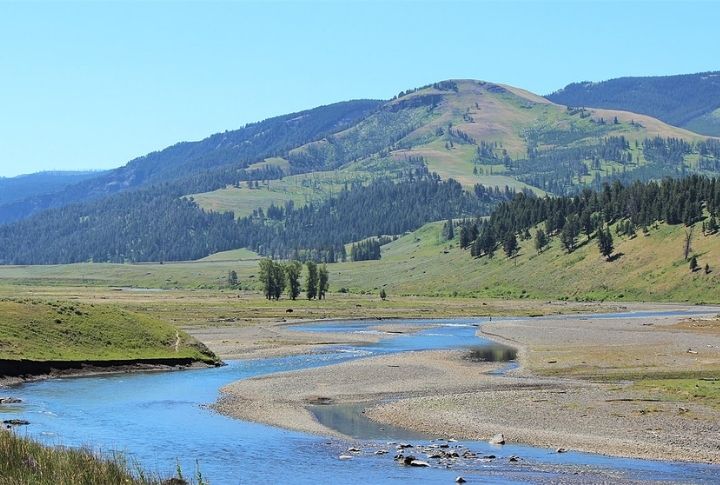
Since their 1995 reintroduction, wolves in Montana have surpassed 1,000, especially around the Greater Yellowstone area. Some have been recorded traveling over 500 miles, a sign of their range and resilience. Their presence in Yellowstone has indirectly revived plant species like willow and aspen by curbing elk overgrazing.
Wisconsin
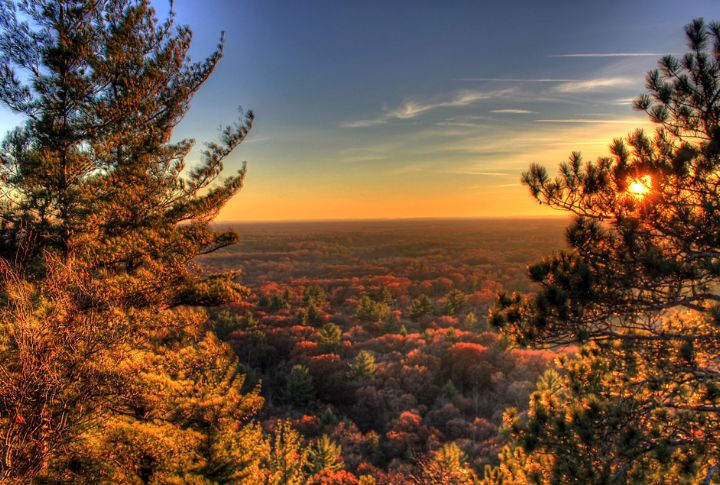
Northern Wisconsin now supports over 1,000 wolves, a dramatic rebound made possible by legal protections. Abandoned beaver lodges sometimes serve as dens for local packs. The Ojibwe people revere these animals as sacred, and sightings have even occurred surprisingly close to urban zones less than 100 miles from Milwaukee.
Michigan
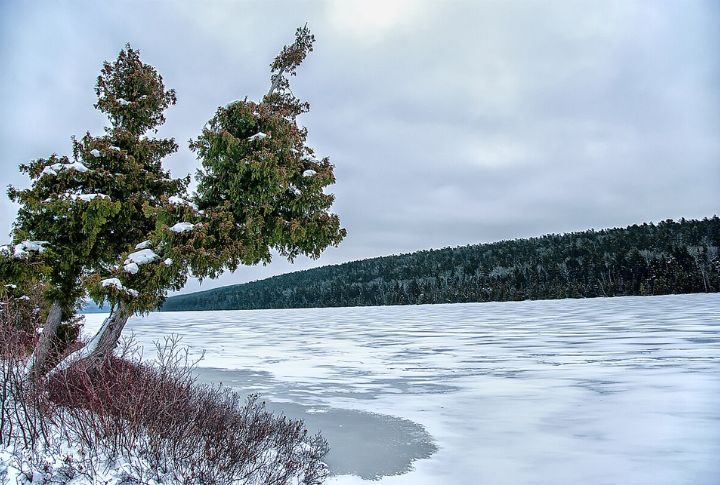
Wolves reclaimed Michigan’s Upper Peninsula in the 1980s, naturally crossing over from Wisconsin. Today, roughly 750 live there year-round. Although no permanent packs exist in the Lower Peninsula, rare sightings still occur. In winter, some wolves traverse frozen Lake Superior to Isle Royale, where predator-prey dynamics shape a unique ecosystem.
Wyoming
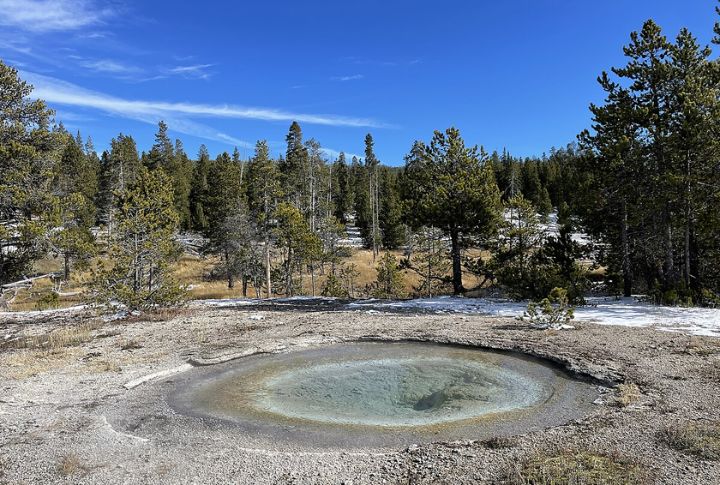
Yellowstone’s reintroduction program brought wolves back to Wyoming in 1995, and now about 350 inhabit the state. Several have become local celebrities, known by name and followed by visitors. Their resurgence has impacted coyote populations and created a ripple effect that allows smaller carnivores like foxes to reclaim space.
Washington

After decades without them, Eastern Washington saw the return of wolves in the 2000s. Over 200 now inhabit mostly the northeastern region, having recolonized naturally from nearby Idaho and British Columbia. Groups continue pushing westward toward the Cascades, with some named after familiar landmarks such as the Lookout Pack.
Oregon

Tracking efforts show more than 200 wolves live in Oregon, most concentrated in the northeast. These animals returned from Idaho during the late 1990s and have since expanded their range. OR-7 became the first to enter western Oregon in nearly a century, covering over 1,000 miles and making headlines statewide.
New Mexico
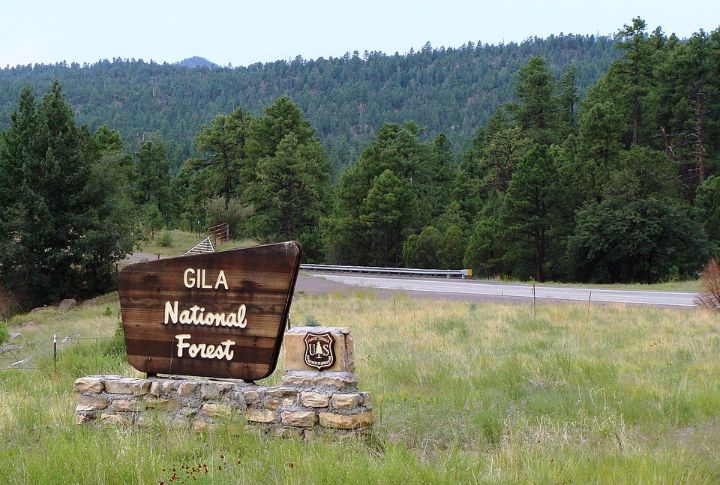
Reintroduction efforts in the late 1990s helped establish around 160 Mexican gray wolves in New Mexico. Smaller and leaner than northern wolves, most reside in the Gila and Apache National Forests. Conservationists assign each one a unique ID for monitoring, and despite legal hurdles, their numbers steadily grow.

